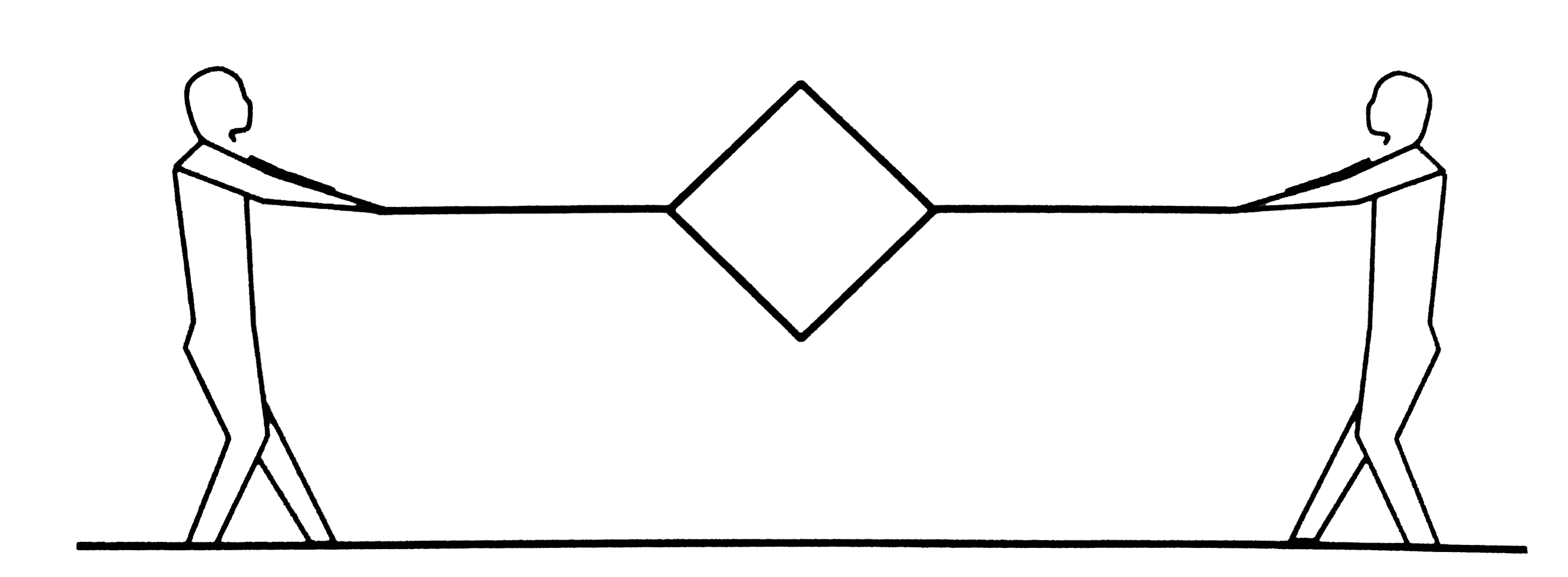The kinetc energy of a chargd particle decreased by 10 J as it moves from a point at potential 100 V to a point at potential 200V . Find the charge on the particle.Solution in Gujrati
Kcdecreasesby10J
Potential=100v→200v
So, change in K.E is ammount of workdone
10J=(200−100)×q0=10
⇒100×q0=10
q0=10100=0.1c
Topper's Solved these Questions
- ELECTRIC FIELD AND POTENTIALBOOK - HC VERMACHAPTER - ELECTRIC FIELD AND POTENTIALEXERCISE - Objective 2
8 Videos
- ELECTRIC CURRENT THROUGH GASESBOOK - HC VERMACHAPTER - ELECTRIC CURRENT THROUGH GASESEXERCISE - Exercises
23 Videos
- ELECTROMAGNETIC INDUCTIONBOOK - HC VERMACHAPTER - ELECTROMAGNETIC INDUCTIONEXERCISE - EXERCISE
9 Videos
Similar Questions
Mark out the correct potons.
View SolutionA discharge tube contains helium at a low pressure. A large potential difference is applied across the tube. Consider a helium atom that has just been ionized due to the detachment of an atomic electron. Find the ratio of the distance travelled by the free electron to that by the positive ion in a short time dt after the ionization.
View SolutionShown a metallic square frame of edga a in a vertical plane. A uniform magnetic field B exists in the space in a directon perpendicular to the plane of the figure. Two boys pull the opposite corners of the square ot deform it into a rhombus. They start pulling the corners t t=0 and sisplace the corners at a uniform speed u. (a) find the induced emf in the frame at the instant when the angles at these corners reduce to 60∘. (b) find the induced current in the frame at this instatnt if the total resistance of the frame is R. (c) Find the total charge which flows through a side of the frame by the time the square is deformed into a straight line.

View SolutionThe kinetc energy of a chargd particle decreased by 10 J as it moves from a point at potential 100 V to a point at potential 200V . Find the charge on the particle.
View SolutionIf 20J of work has to be done to move an electric charge of 4C from a point, where potential is 10V to another point, where potential is V volt, find the value of v.
View SolutionThe work done in moving a charge of 2×10−9 C from a point of potential - 3000 V to another point P is 5×10−5J . Find the potential at the point P.
View SolutionIn position A kinetic energy of a particle is 60 J and potential energy is -20 J. In position B, kinetic energy is 100 J and potential energy is 40 J. Then, in moving the particle from A to B
View Solutionजब एक आवेशित कण को 100 वोल्ट विभव के बिंदु से 200 वोल्ट विभव के बिंदु तक ले जाया जाता है तो इसकी गतिज ऊर्जा 10 जूल घट जाती है । कण पर आवेश की गणना कीजिए ।
View Solutionएक आवेशित कण के बिन्दु A से बिन्दु B तक जाने पर उसकी गतिज ऊर्जा 10 जूल घटती है। यदि बिन्दु A तथा बिन्दु B पर विभव क्रमश: 100 वोल्ट तथा 200 वोल्ट हैं तो कण पर आवेश की गणना कीजिए। आवेश की प्रकृति क्या होगी ?
View SolutionIf 4×10−3 J of work is done in moving a particles carrying a charge of 16×10−6 C from inifinity to point P. What will be the potential at a point ?
View SolutionA particle of charge 1 muC is moving from point A that is at potential 100 V to point B that is at potential 500 V. Calculate the change in kinetic energy of the charged particle.
View Solution10 xx 10^-6 The work of moving a particle of charge C from one infinity to a point 2 x 10^-3 J Find the potential at that point.
View SolutionIf 100 J is required to move an electric charge of 4C from a place of -10 V potential to a place with V (volt), find the value of V
View SolutionIf it takes 100 J of work to move a 4C charge from a place of -10 V potential to a place of V volt, find the value of V.
View SolutionKinetic energy of a charged particle decreases by 100 J when it is brought from a point of 100 V potential to a point of 200 V potential, then charge of particle is ...... C.
View SolutionThe kinetc energy of a chargd particle decreased by 10 J as it moves from a point at potential 100 V to a point at potential 200V . Find the charge on the particle.
View Solution
